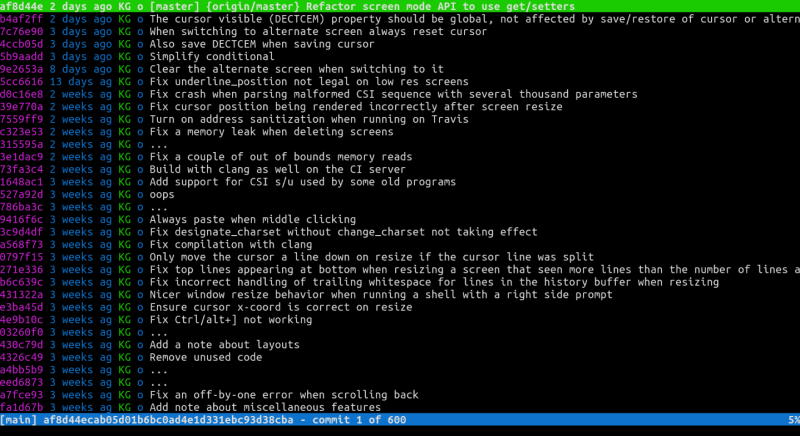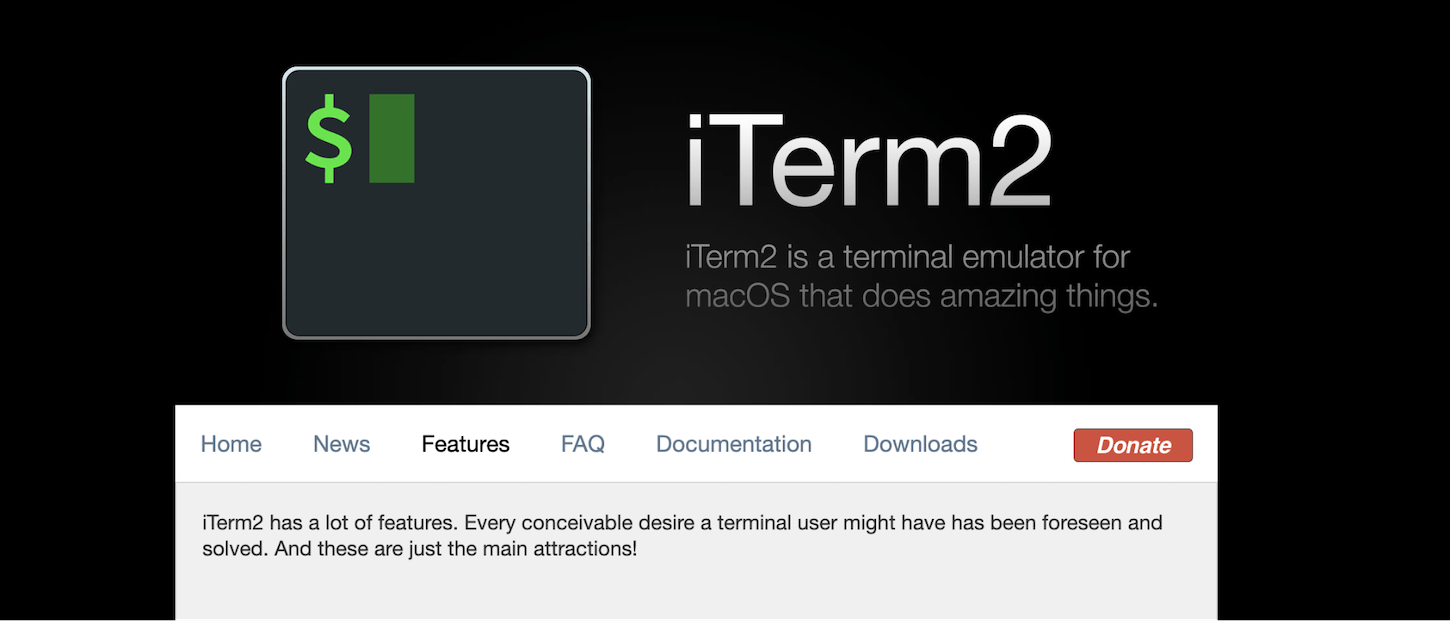

You start typing the name of something, hit ⌃ Space and bam you'll get a list of methods as shown below: The first is the interface of an IDE like the one I use somewhat frequently, P圜harm. When we say "auto-completion", what we typically mean is one of two things for programmers. I have no idea how they intend to make money with this product, but give it a shot before they run out of VC money and end up charging you per autocomplete or something. It has well-written and clearly defined privacy rules, a robust selection of settings for personalization and in my testing seemed.remarkably feature complete. It's basically an IDE autocomplete but across a wide range of standard tooling. I have zero affiliation with Fig and I'm not important enough to "move the needle" on them.įig is a Node server/Rust client local application that runs on your local machine and inserts autocompletes for most of the commonly used CLIs and programming languages. I'm going to focus mostly on what the product is now, but felt I needed to mention the obvious hooks they are building into the application and the overall framework they are constructing.ĭisclaimer: I haven't been asked to write this, nor paid to do so. So while Fig is a useful tool today, the promise of where Fig could go is really exciting to me. While at present the idea is just starting to become fleshed out, there is a lot of promise here. However there is clearly a much larger ambition with this product to expand the idea of terminal auto-completion into making CLIs much more approachable, baking documentation into the terminal and then allowing you to share that among your entire team for public or private tools.

Discovering the options, arguments and what they did was often a time-consuming task that exceeded the technical skill of a casual user.Īt first Fig presents itself as just an auto-complete tool and, don't get me wrong, if that is all you are looking for, it does a great job. It was just a much better experience.once you got over the initial learning curve. This is why sys admins back in the day would always try to do as much as they could through PowerShell or bash even if a GUI was present.

Endlessly spinning wheels, error messages that don't mean anything to the user (or don't output any text) and changing UIs between versions has long meant that while GUIs might be easier to use at first they're a less stable target.ĬLIs tend to be more stable, are easy to automate against and don't tend to experience as much mysterious behavior. GUIs are easier to use at first, they have options to provide more direct feedback to users, but they also can have odd or confusing behavior. My entire career there has been a wide gap between CLI applications and GUI applications.


 0 kommentar(er)
0 kommentar(er)
